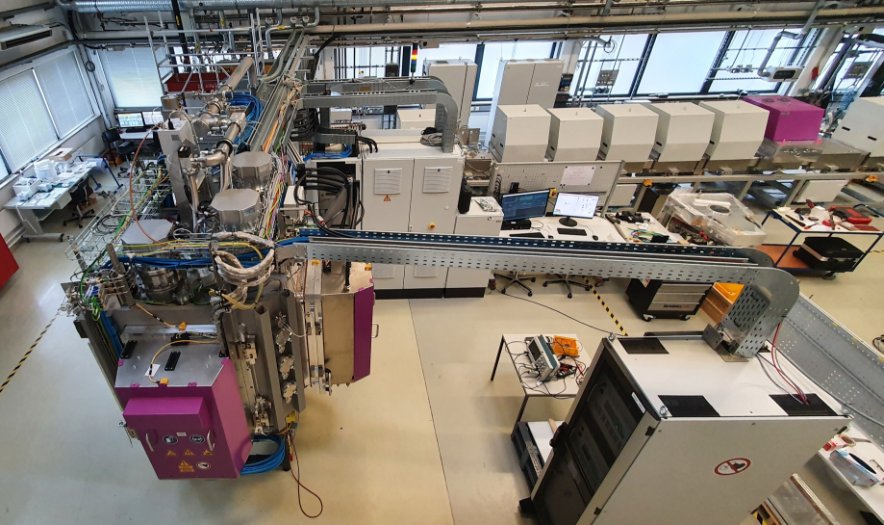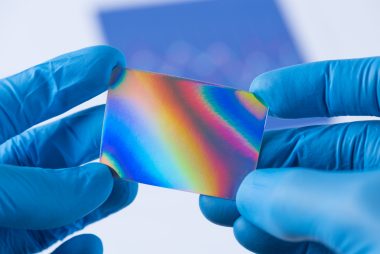Live from GPD Finland: Glass Performance Days 2015*
게시됨 6월 23, 2015 으로 Dave Christie
This week, I’m at GPD (Glass Performance Days) Finland, a conference held every two years, on odd-numbered years, in the city of Tampere. This location has historic significance as well as intrinsic appeal. Tampere has deep history, as well as a legacy of industrial and technological vision and innovation, set in the unique beauty of the city through which the Tammerkoski Rapids flow. These rapids were harnessed to provide power to run mills in the early industrial development of the city.
The conference program includes presentations from industry leaders, corporate and government research and development laboratories, and manufacturers of components and systems—all with a focus on applications of glass to architecture and transportation.
I will give a talk about our pulsed dual magnetron sputtering (DMS) solutions, which improve cost of ownership and productivity with increased control and process monitoring capabilities. One of the points of the paper we wrote for the conference proceedings is the importance of our modular approach to the system designer and end user.
For the system designer, modularity is important, since it provides scalability with granularity. Modularity for pulsed-DC supplies for DMS can be implemented in two areas: in the DC power section and the pulsing section.
The DC power source is implemented as a standalone module. When more power is required, these power sources can be connected together in a master-slave (M/S) configuration to provide the power required for the magnetron pair.
The pulsing modules are also implemented as standalone modules with M/S capability. They can be combined to provide the pulsed power required. This modular approach, with power granularity, enables the user to purchase only the power required, and also allows power to be increased in the future simply by adding modules. Power systems can be implemented with powers from 30 to 180 kW, with granularity as small as 10 kW.
The DC supplies and pulsing modules are rack mountable, providing tremendous system design, aesthetic, and packaging flexibility. The figure below shows the DMS pulsing module, manufactured by Advanced Energy®. With the common exciter (CEX) function, power systems driving adjacent magnetron pairs can be synchronized to prevent crosstalk. Arc response also can be coordinated with adjacent pairs with additional arc synchronization functionality.

Advanced Energy® DMS pulsing module for driving DMS systems
Modularity provides new options for coating system maintenance. Typical power supplies used in large-area coating systems are rated at 100 kW and higher. These typical supplies are too large to ship to a service center for maintenance or repair, and often too complex for the end user to repair. When repair or maintenance is required, it can take time for a service person to arrive at the factory. Now, modular power system components, like the one shown above, can easily be removed and replaced with spares by the user. Units requiring maintenance and repair are small enough to be shipped easily to a service center, which enables the maintenance group in the factory to self-support with respect to power supply maintenance.
For more information, I invite you to look at our DMS product page.
*This content refers to AE-proprietary technology.



.jpg?resizemode=force&maxsidesize=884)